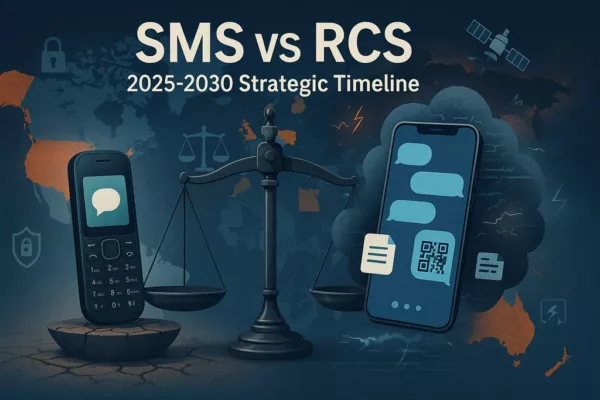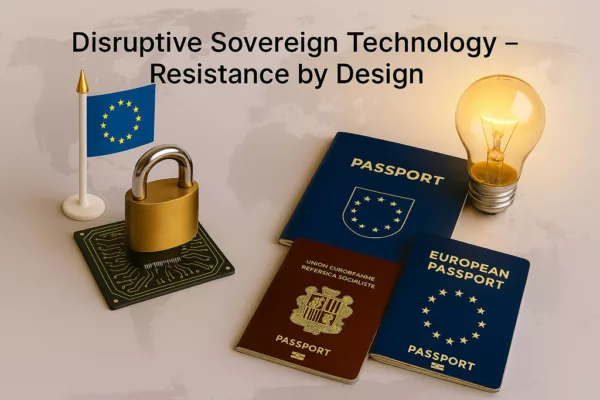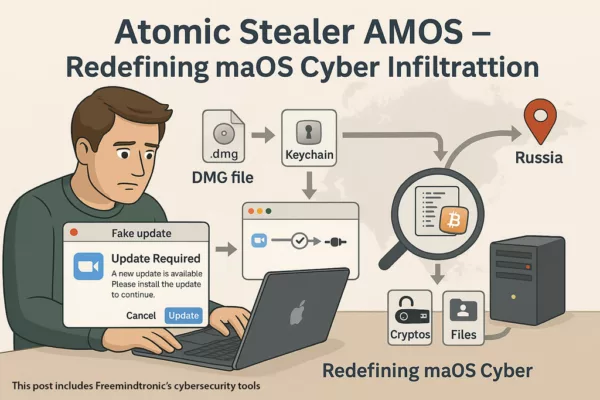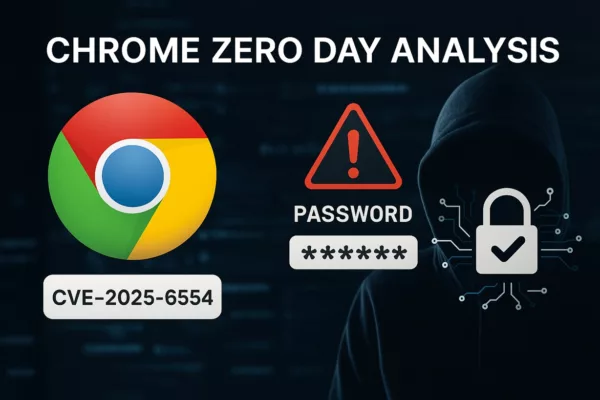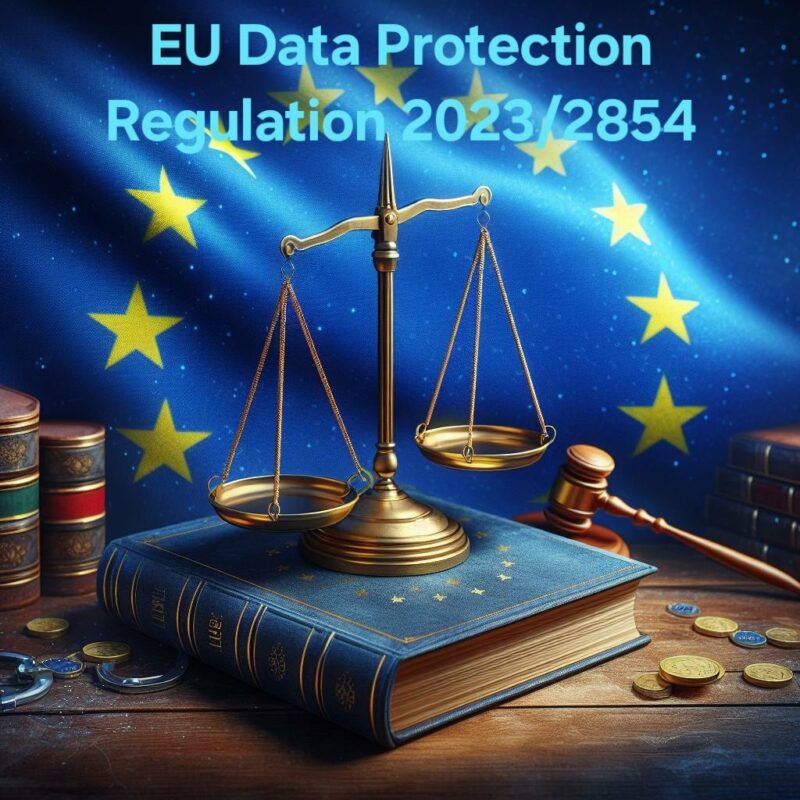Regulation of Secure Communication in the EU The European Union is considering measures to regulate secure messaging practices. This technology ensures that only the sender and recipient can read the messages. However, some EU member states are questioning its impact on law enforcement capabilities Control of Secure Messaging and Fragmentation If the EU adopts these […]
Stay informed!
Join our community of technology enthusiasts! Subscribe to our newsletter and receive exclusive updates on the latest news, special offers, and tips from Freemindtronic. Stay informed on the latest technology trends, discover new products, and be among the first to take advantage of them. Sign up now by entering your email address below. Don't miss any updates from Freemindtronic!

